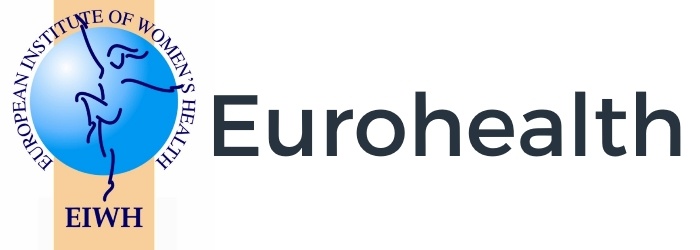Investigating employment in occupations or industry with specific occupational exposures to ovarian cancer risks.
Methods In a population based case control study conducted in Montreal, Canada (2011–2016), lifetime occupational histories were collected for 491 cases of ovarian cancer and 897 controls. An industrial hygienist coded the occupation and industry of each participant’s job. Associations with ovarian cancer risk were estimated for each of several occupations and industries. Job codes were linked to the Canadian job exposure matrix, thereby generating exposure histories to many agents. The relationship between exposure to each of the 29 most prevalent agents and ovarian cancer risk was assessed. Odds ratios and 95% confidence intervals (OR (95% CI)) for associations with ovarian cancer risk were estimated using logistic regression and controlling for multiple covariates.
Results Elevated ORs (95% CI) were observed for employment ≥10 years as Accountants (2.05 (1.10 to 3.79)); Hairdressers, Barbers, Beauticians and Related Workers (3.22 (1.25 to 8.27)); Sewers and Embroiderers (1.85 (0.77 to 4.45)); and Salespeople, Shop Assistants and Demonstrators (1.45 (0.71 to 2.96)); and in the industries of Retail Trade (1.59 (1.05 to 2.39)) and Construction (2.79 (0.52 to 4.83)). Positive associations with ORs above 1.42 were seen for high cumulative exposure versus never exposure to 18 agents: cosmetic talc, ammonia, hydrogen peroxide, hair dust, synthetic fibres, polyester fibres, organic dyes and pigments, cellulose, formaldehyde, propellant gases, aliphatic alcohols, ethanol, isopropanol, fluorocarbons, alkanes (C5–C17), mononuclear aromatic hydrocarbons, polycyclic aromatic hydrocarbons from petroleum and bleaches.
Conclusions Certain occupations, industries and specific occupational exposures may be associated with ovarian cancer risk. Further research is needed to provide a more solid grounding for any inferences in this regard.
- Linked Articles
- View Full Text
-
Twitter @AnitaKoushik
-
Contributors AK is the principal investigator of the PROVAQ study. LL, AK and PG designed the analytical strategy and interpreted the results from this analysis. LL cleaned data, performed the statistical analysis and drafted the paper under the supervision of AK and PG. JL and JS developed CANJEM, provided access to it, consulted on the statistical analysis and reviewed the paper. AK is responsible for the overall content as the guarantor.
-
Funding The original data collection was funded by the Canadian Cancer Societ
https://oem.bmj.com/content/early/2023/06/01/oemed-2022-108557
